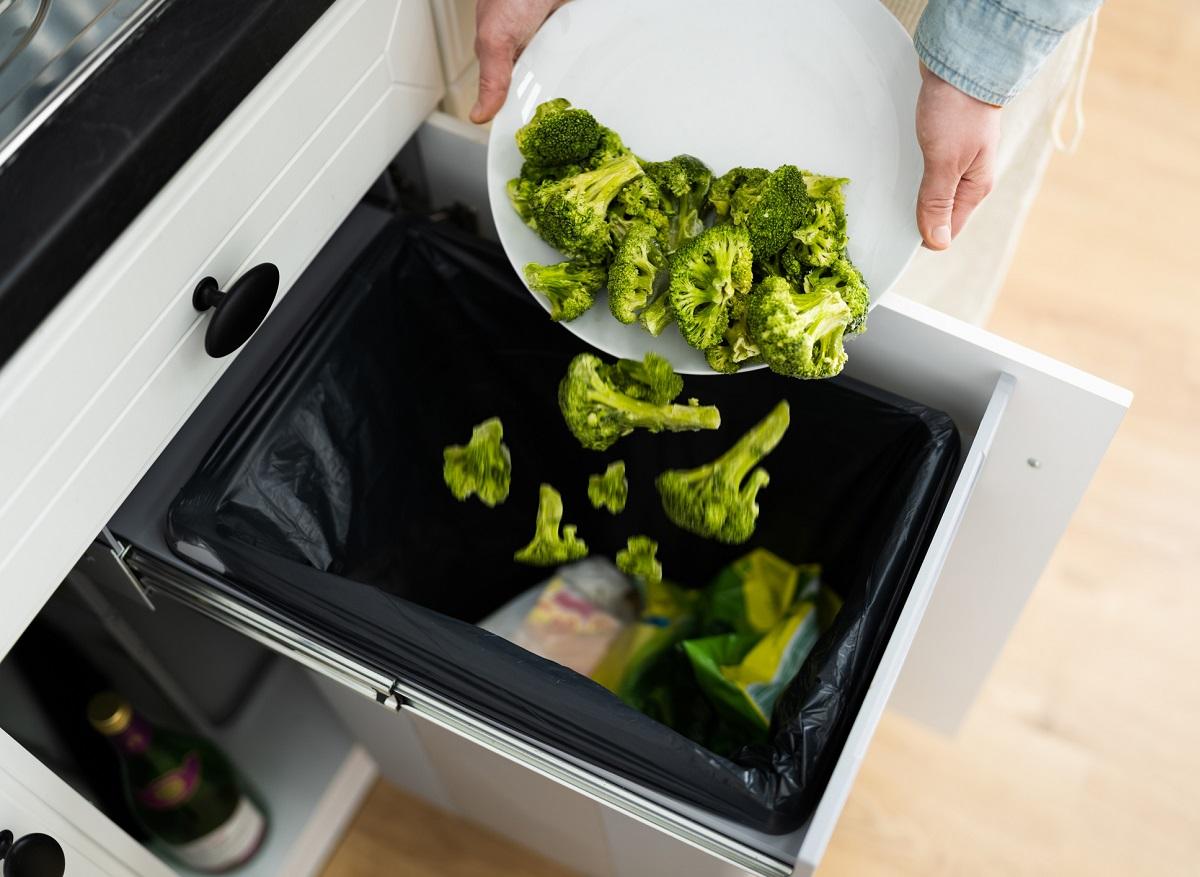The “zero-waste” trend is booming on social networks. A movement that is both ecological and economical, it consists of living by throwing away as little as possible – clothes, furniture, cosmetics, packaging …
It is in the kitchen that “zero-waste” is the easiest to implement. Followers of this trend cook 100% fruits, vegetables, meats and fish. A real fight against waste, at a time when 41,200 kilos of food are thrown away every second in the world, 30% of which by consumers.
Our food waste, a source of vitamins and minerals
It only takes a little creativity to transform vegetable peelings into chips, leftover fruit into syrup or compote, a chicken carcass in broth or even shrimp trimmings in a tasty sauce!
It’s good to know. “Zero-waste” in the kitchen is also excellent for your health. Because these “rubbish” that we put in the trash are (in reality) packed with nutrients, vitamins and antioxidants. An example ? There is more vitamin C in the skin of an apple than in the same amount of flesh. The skin of the eggplant contains antioxidants (anthocyanins) which protect the blood vessels while the beet tops are rich in iron and phosphorus.
Warning : not all “food waste” is consumable. Thus, it is preferable to leave in the trash the skins of avocados, the skins of exotic fruits (mango, persimmon …), stones and seeds (of apples, apricots, peaches …) as well as rhubarb tops, which are poisonous. In addition, we are trying zero-waste with organic products, locally grown and seasonal to derive maximum health benefits.
To read : Zero waste cooking – gourmet recipes without waste, Papeat editions.

Read also :
- Anti-waste tips: keep vegetables well
- Americans throw away 150,000 tonnes of food a day
- What tips to keep bananas fresh longer?





















